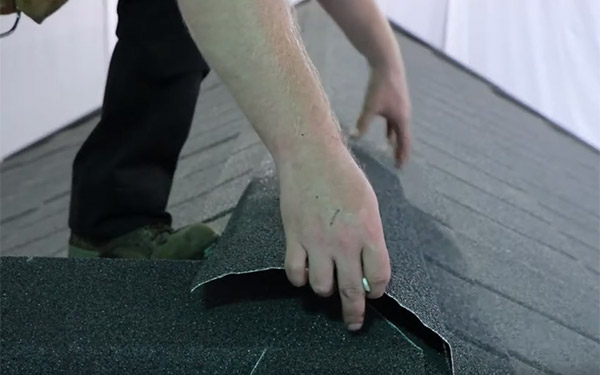Villatile
Britmet’s lightweight Villatile is designed to give the appearance of a double roman concrete tile.
Features & Benefits
- Manufactured in Britain
- Authentic double Roman tile profile
- Lightweight - only 7kg per m²
- Suitable for roof pitches down to 10°
- Available in 0.45mm or 0.9mm gauge
- BROOF(t4) fire certification (BS EN 13501-5)
- 50-year weather-seal warranty
Villatile Overview
Britmet’s Villatile is a lightweight, granulated metal tile, designed to give the appearance of a traditional double roman concrete tile.
This attractive design has been made from the highest quality Aluzinc steel to give an unsurpassed weather resistance. A unique 3-layer granule coating is applied to the external surface, offering impassive looks and ground-breaking weatherproof capabilities.
Britmet’s Villatile is available in 5 colours and a choice of two thicknesses (0.45mm as standard and a 0.9mm thickness for light foot-traffic and vandal areas). This tile offers a faster installation time as only 2.2 tiles are required per sqm. Pitches as low as 10° can be achieved, backed by a BBA approved 50-year weather penetration guarantee.

Titanium Grey

Bramble Brown

Rustic Brown

Rustic Terracotta
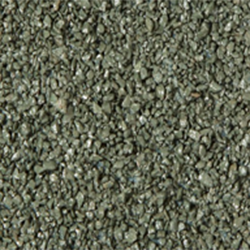
Tartan Green
Villatile Brochure
Villatile Photo Gallery
Villatile Product Range
Villatile Case Studies

Villatile Technical Spec
| Minimum pitch: | 10° |
| Maximum pitch: | 90° |
| Overall width: | 1295mm |
| Cover width: | 1200mm |
| Side lap: | 95mm |
| Step: | 24mm |
| Batten gauge: | 365mm |
| Batten gauge (0.9mm): | 363mm |
| Individual tile width: | 100mm |
| Roof cover per plate: | 0.44m2 |
| Slates per m2: | 2.25 |
| Steel base: | 0.45mm & 0.9mm |
| Weight as laid per m2: | 7kg & 11kg |
| Base coat: | Acrylic resin |
| Top coat: | Stone granules with clear acrylic overglaze |
| Chemical resistance: | Non-toxic fungicide incorporated |
| Biological resistance: | Unaffected by normal air pollution |
| Fire resistance: | AA classification equal to traditional roof tiles and slates |
| Fixings: | The contractor shall utilise the roofing manufacturers recommended fixings and sealant |
| Ventilation: |

Villatile General Specifications
Villatile panels roof pitches from 10° to 90°
Villatile lightweight roofing tiles, to be supplied by Britmet.
Each tile must be secured using 4 coloured 2.6mm x 50mm galvanised fixing nails, driven through the downturned nose of the tile into the face of the battens, (for 0.9mm Villatile, a coloured Tek screw can be used - part no: ASF2-OOE55)
Note: Stagger the tiles to give a broken bond effect
Battens:
Treated tiling battens of approved quality (e.g., tanalised) of suitable section laid at 365mm centres (for 0.45mm thick) or 363mm centres (for 0.9mm thick) except the eaves batten (see eaves section) and secured to the rafters using galvanised nails. Joints in the battens should be staggered and meet halfway across the top of the rafters, as standard code of practice.
Please note: It is the responsibility of the installer to ensure correct batten usage
Underlay:
Approved reinforced felt, BS747 (type 1F) or VPU Breather membrane to be laid over rafters, lapped and secured to the rafters with galvanised clout nails and carried well into gutters. All to comply with current regulations.
Vented top row (under half round ridge):
Two tile battens should be fitted side by side on both sides of the ridge, using galvanised nails. If necessary, the top course of tiles to be cut and bent using a guillotine and bender (available from Britmet). The rear edge of the tile is to be turned up to form a 25mm upstand against the top tile batten. Each tile must be secured using 4 nails driven through downturn as previously described. The vented top row flashing is to be fitted over each side, and fastened to the tile battens, nailed through the downturn of the vented top row, into the tile upstand, and face of the batten, using 5 nails per side.
Half round ridges:
The ridge caps to be laid across the ridge of the vented top row flashing and fastened down through the top of ridge flange, into the ridge of vented top
row flashings. The end caps to be fitted at ridge/hip ends and exposed cut edges should be treated with touch up kit supplied.
Angle hip flashing (half round ridge):
A 38mm x 38mm hip batten should be nailed to the tile battens on each side of the hip rafter, using galvanised nails.
Tiles are to be cut and bent to form a 25mm - 35mm upstand against the hip battens, using a guillotine and bender (available from Britmet).
The barrel hip (half round) ridge flashing is to be fitted over the battens and nailed through the downturn, into the face of the battens using four nails on each side.
Eaves:
The bottom course of tiles should be secured using four coloured, 50mm Tek screws, driven vertically through the tile. Ideally, the fixing should be near the highest point of the tile profile as possible and driven into the fascia board, or through the eaves batten placed approximately 20mm behind the fascia board if the Villatile eaves ventilation system is used. The nail heads to be sealed using the Villatile touch up kit.
The top of the fascia board or eaves vent, if used, must be in line with the top of the battens. Then, fit Lay Board or Tilting Fillet at the eaves if appropriate, to ensure any moisture on the underlay drains into gutter.
Eaves Ventilation:
Roof pitch above 15°
The top of the fascia board should be fixed 23mm below the top face of the eaves batten allowing for the Villatile 10mm eaves vent system.
Roof pitch below 15°
The top of the fascia board should be fixed 25mm below the top face of the eaves batten allowing for the Villatile, 25mm eaves vent system.
Note: Where the insulation follows the roof slope, the Villatile ventilation tray should be installed between the rafters.
Valley:
The valley should be formed from lead, moulded glass fibre or similar approved lining and supported on valley boards. Tile battens should project over the valley to provide fixing for the tiles.
Villatile panels should be measured, cut and bent, using the guillotine and bender (available to hire from Britmet) allowing sufficient downturn into the valley.
Barge Board Cover:
The timber barge board should project 25mm above the top of the tile battens. A 50mm x 50mm timber batten is to run parallel to the fascia board. Villatile panels should be cut and bent up against the timber barge batten.
The Villatile scribed barge board cover must be secured using 5 fixing nails driven through the downturned edge and into the barge board. Then five nails are to be driven vertically into the barge batten (the heads of the vertically fixed nails to be sealed, using the Villatile touch-up kit.)
Sidewall Flashing:
Villatile sidewall flashing is to be secured using fixing nails, one driven vertically into each batten (these nail heads to be covered, using the Villatile touch-up kit)
Villatile cover flashing should be dressed over the vertical section of the sidewall flashing and be dressed into the brickwork.
Villatile Inline Tile and Soil Vent
To provide additional ventilation, the Villatile inline tile vents are available providing an airflow of 7,500mm2.
The tile underlay must be cut to allow the spigot of the tile vent to pass through. The Villatile panel vent is installed to provide full weather security. The tile vent is secured by overlapping a Villatile panel on either side and nailing through the nose of the tile, as previously described. Nails must not penetrate the vent tile.
The Villatile inline vent tile can also be used as a weather protected exit point for soil pipes or extractor fan ducts by means of a flexi hose and pipe adapter that connects the vent to 100mm stacts or duct work.
Villatile Gas Flue Ridge Terminal
Available to suit angle ridge. Type (R) adapter and extension piece supplied by others.
Please note: If the full top course of tiles needs cutting at ridge, you must measure and fold tile first, and then cut thee tile to the correct ridge measurement
Please note: This information is to be used as a guide only. It assumes that the structure of the existing building is in accordance with the building practice.
At your request a custom specification can be written for your individual project. Please contact our technical department for assistance.
Villatile NBS Spec
Villatile Installer Guide
Villatile Videos
Villatile Technical Drawings
| Ref | Description | Files |
| BLR-CAD-VILLATILE-0005 | Villatile | DWG | PDF |
| SK-052 | Typical Ventilated Ridge Detail | |
| SK-056 | Villatile Tile | |




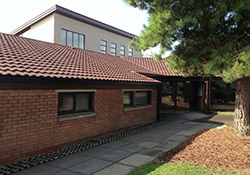

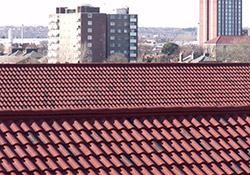
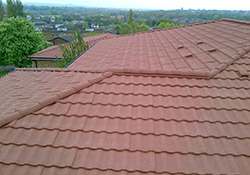






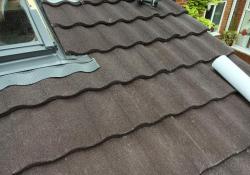

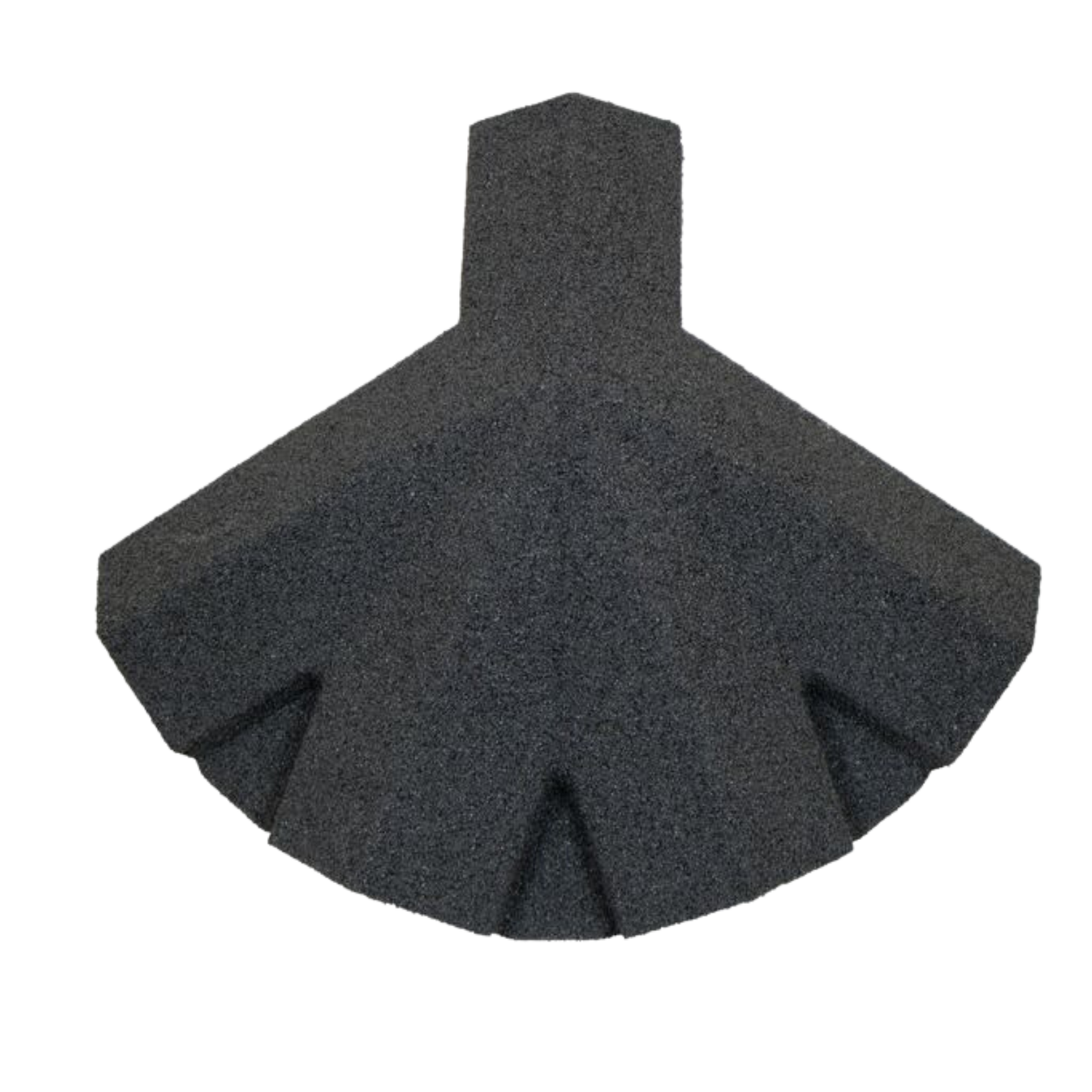


.png)

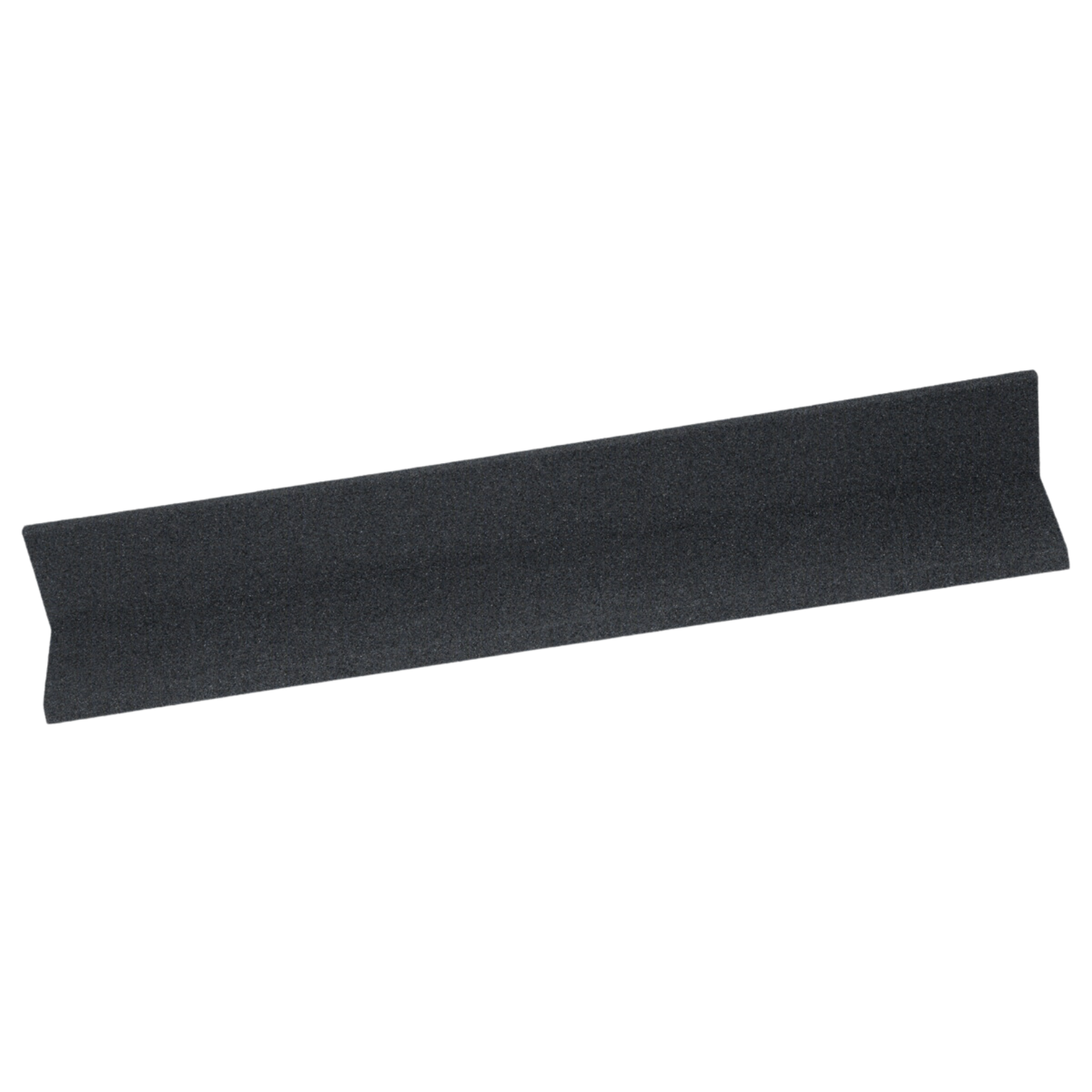

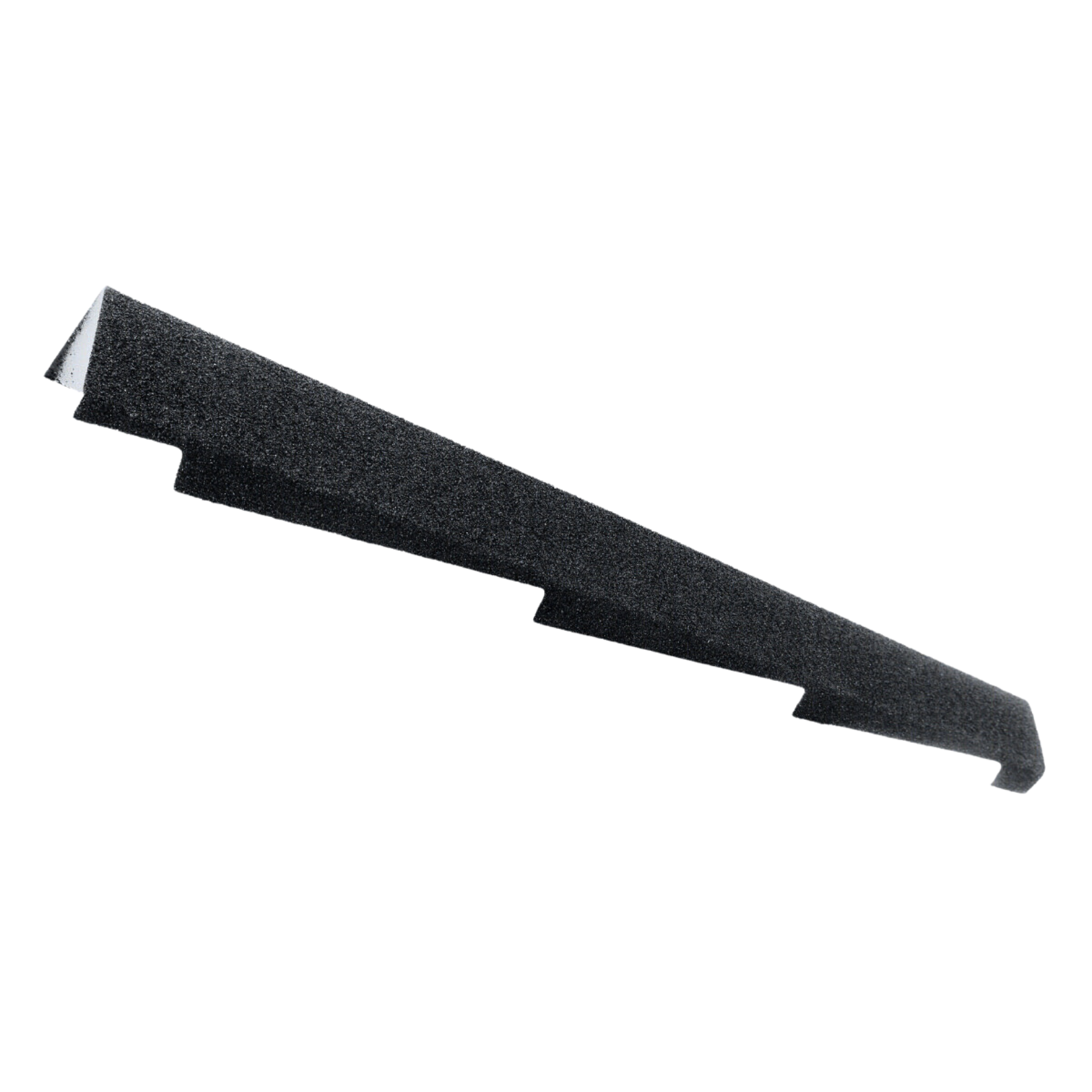
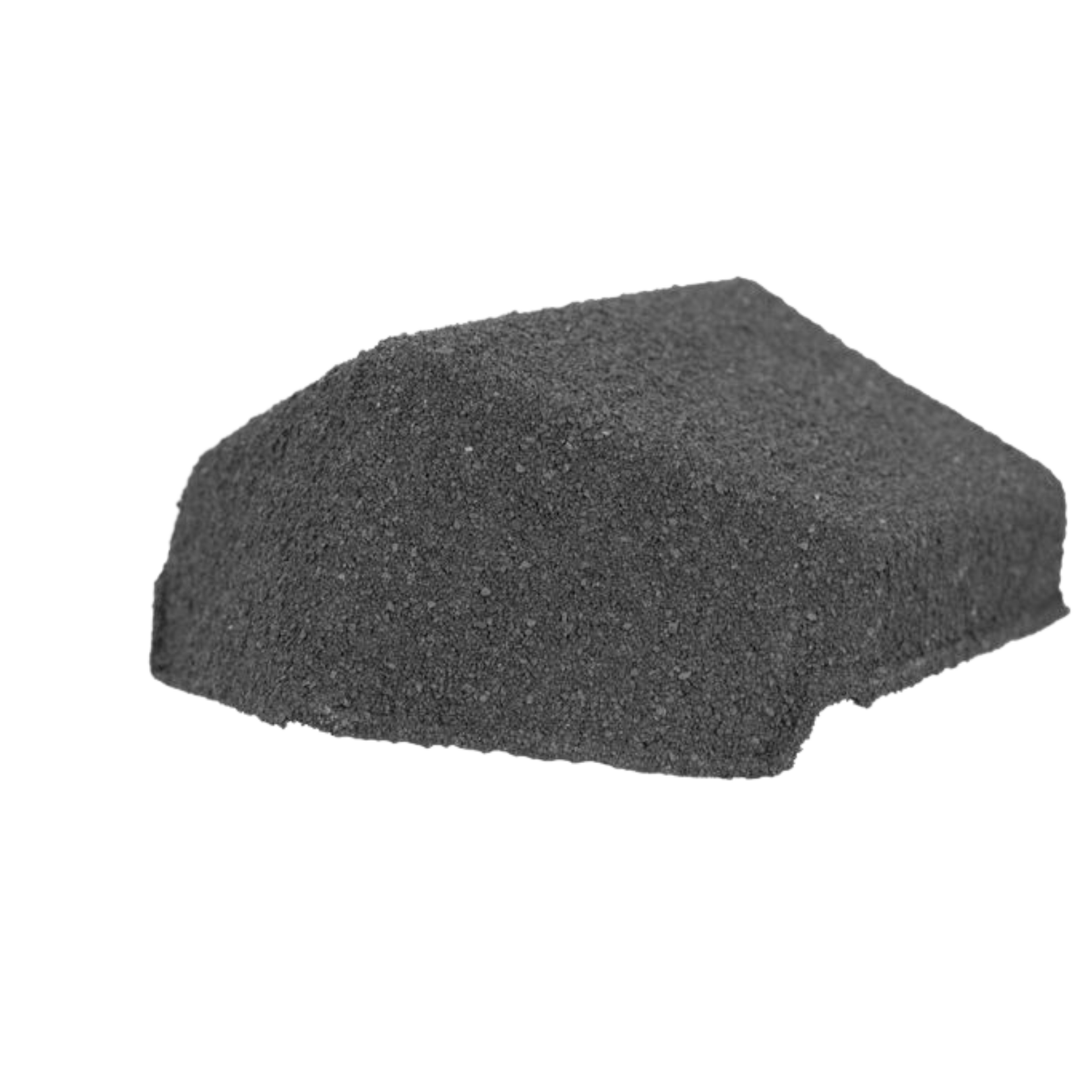




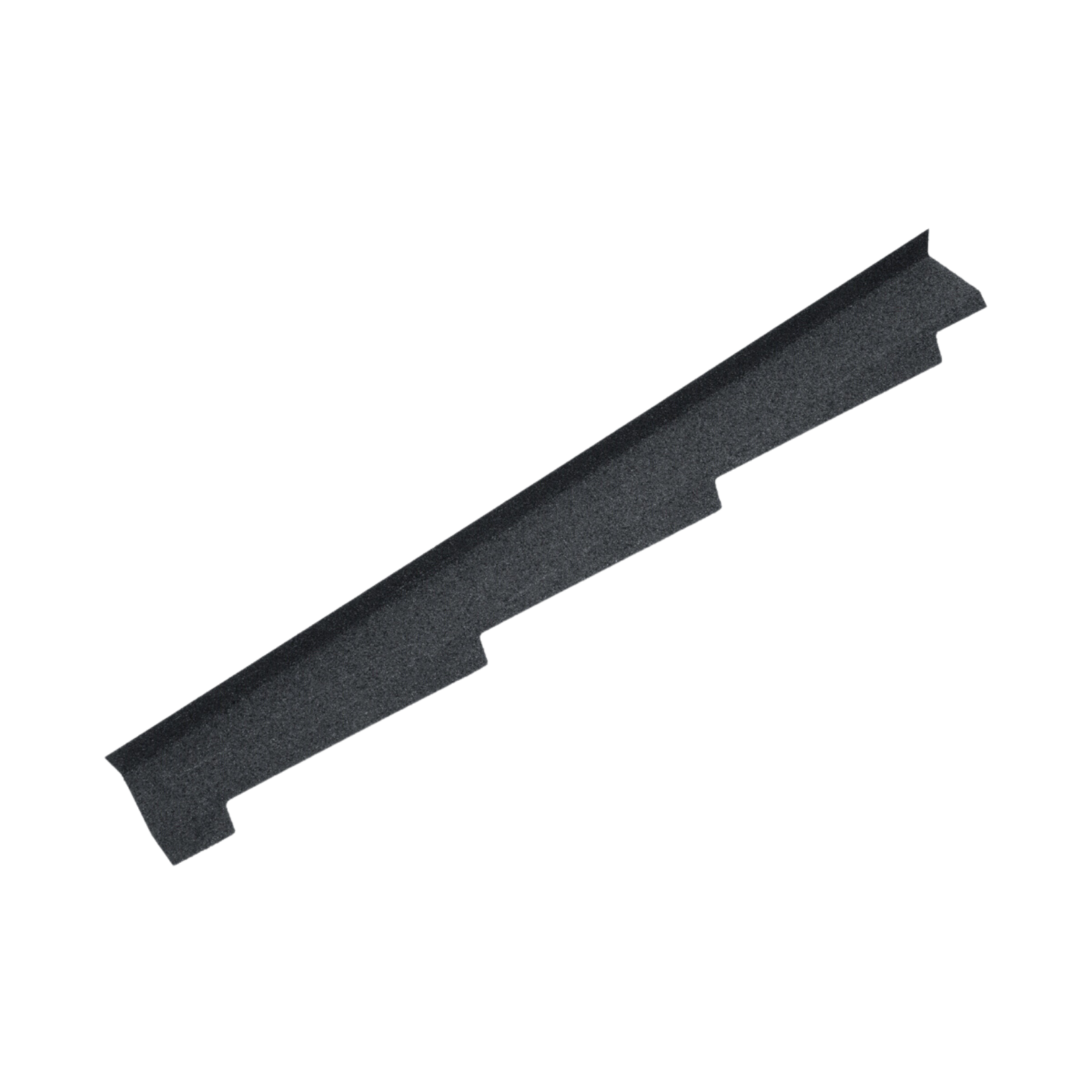





.png)



